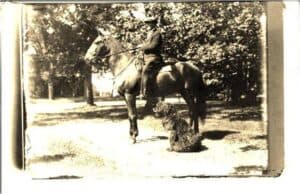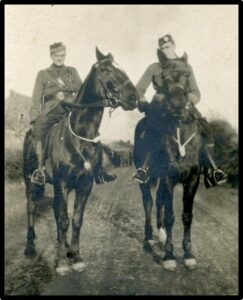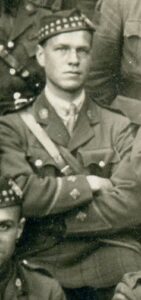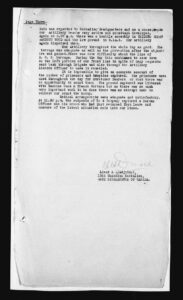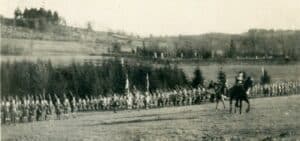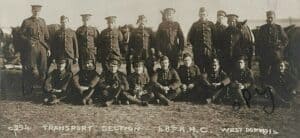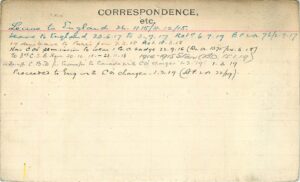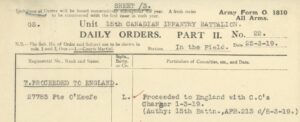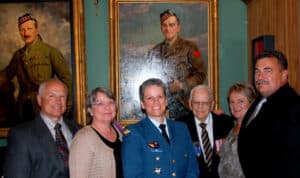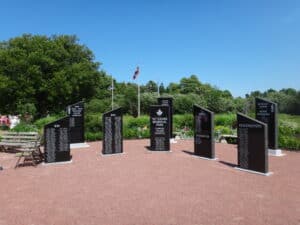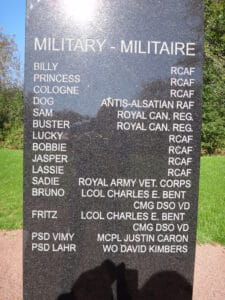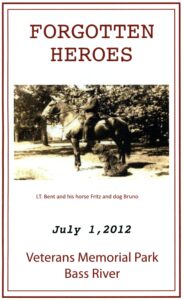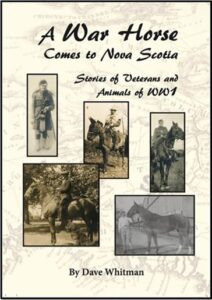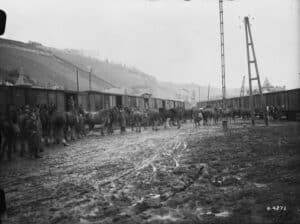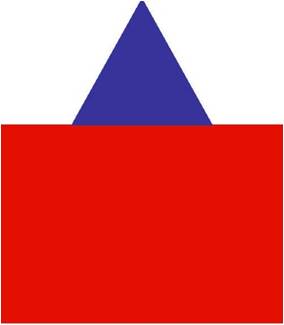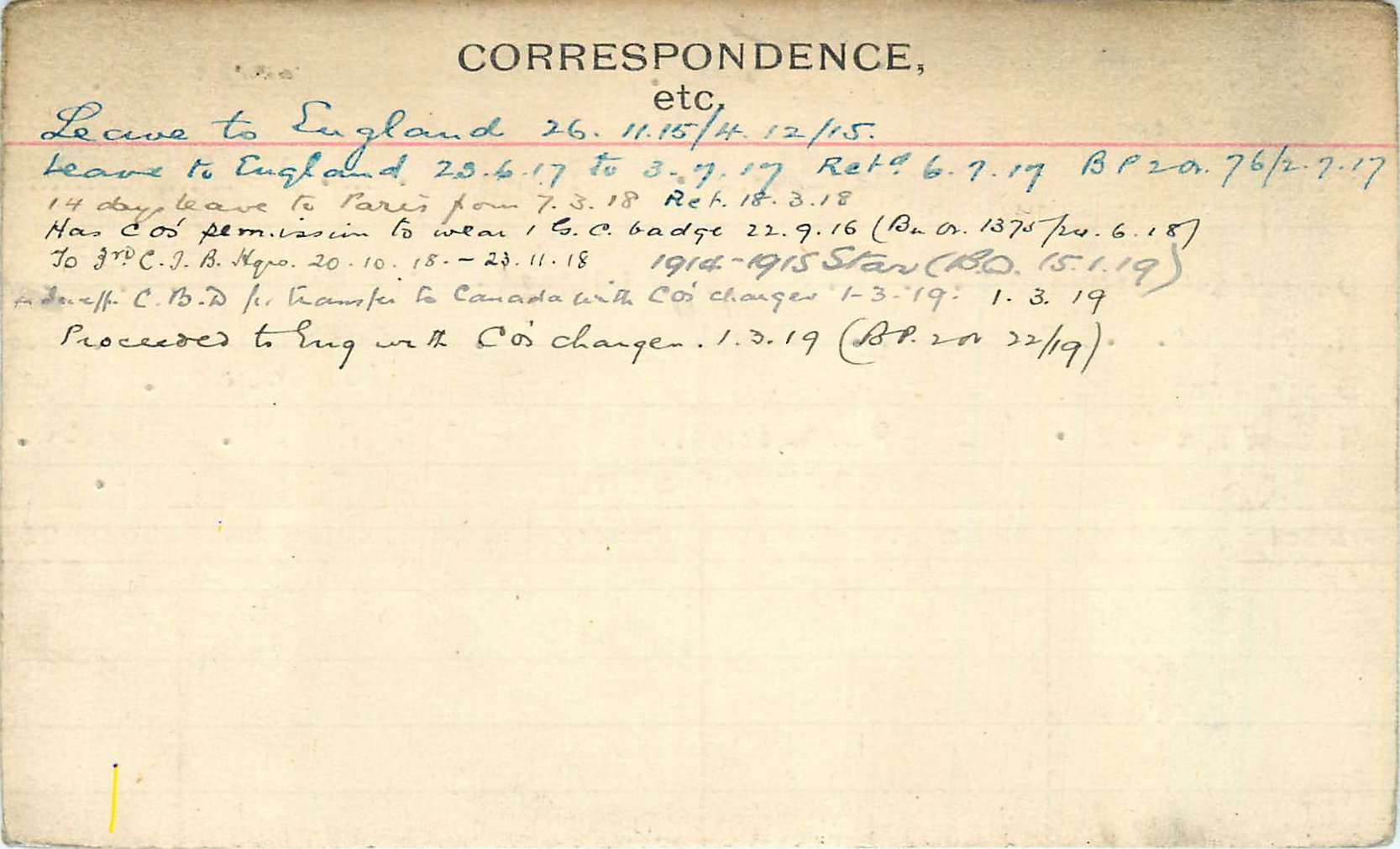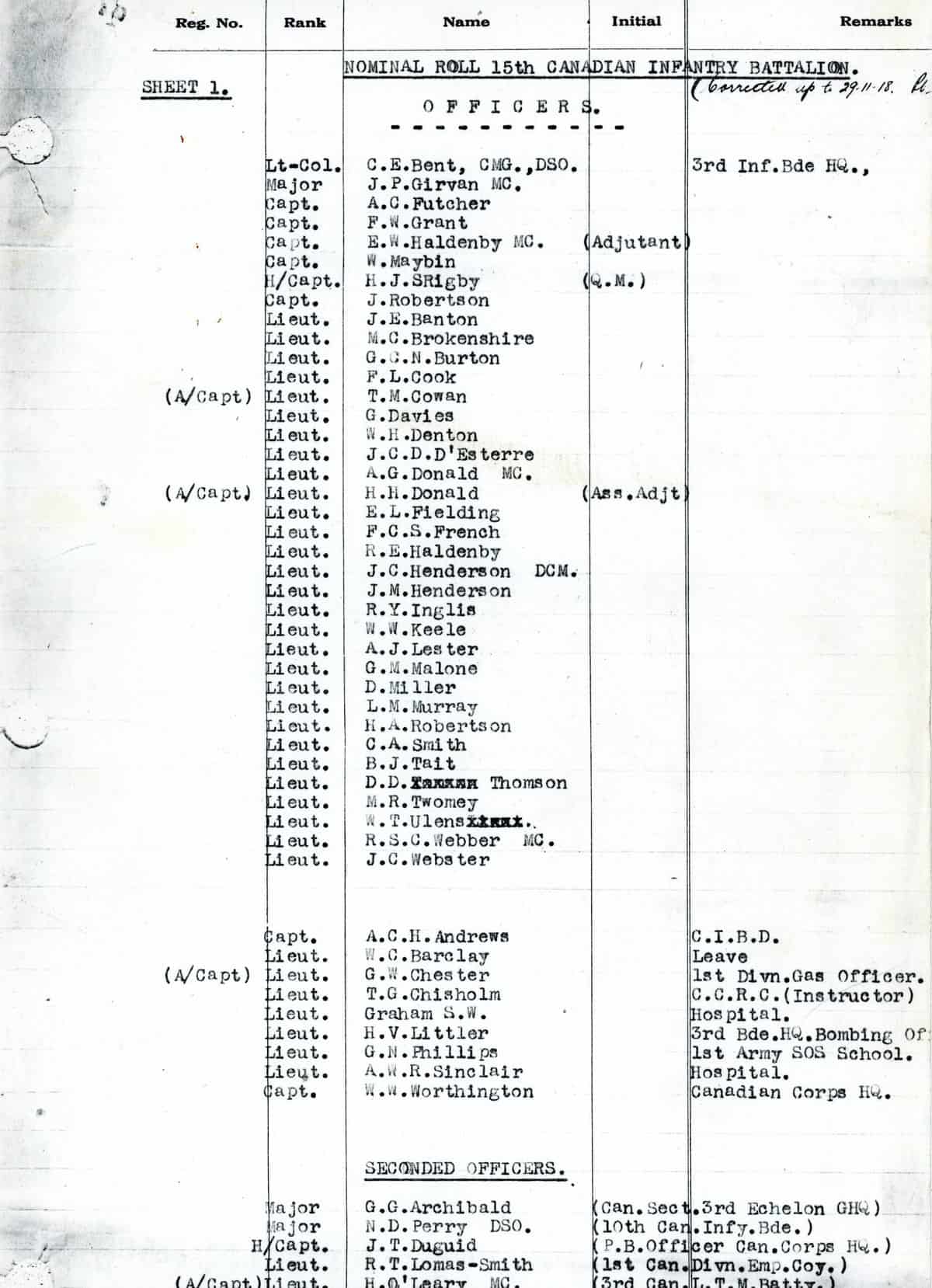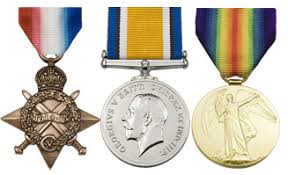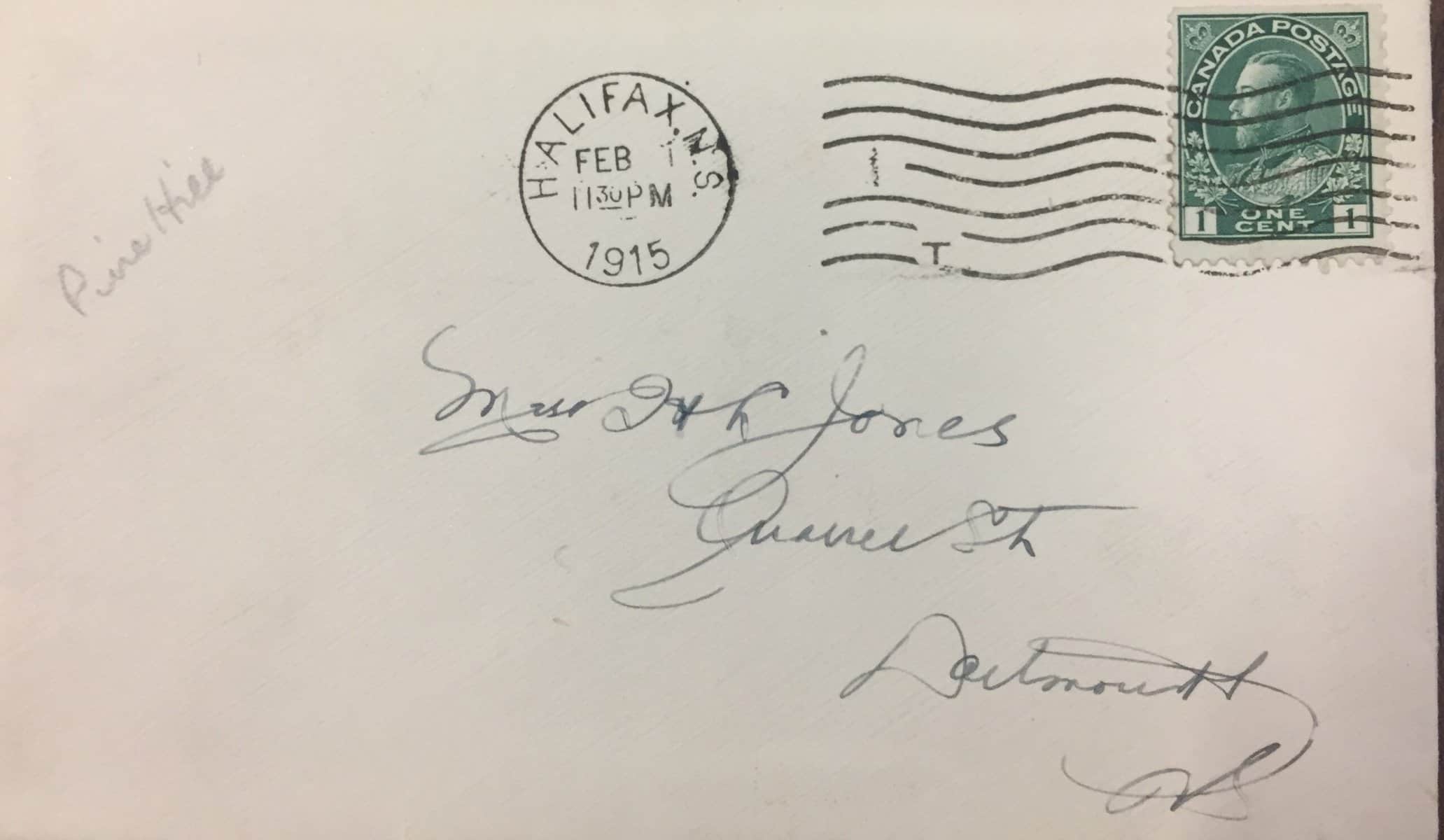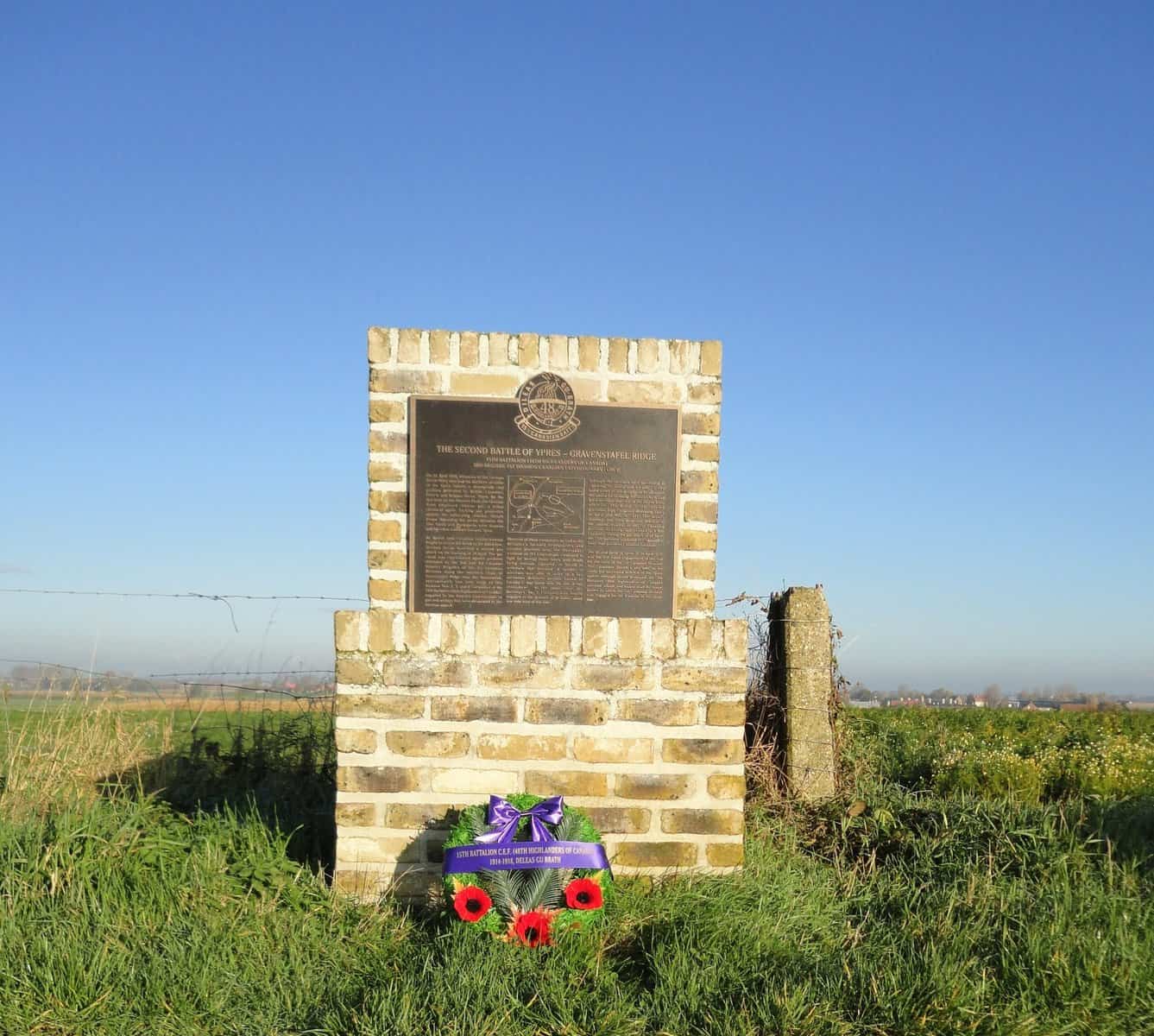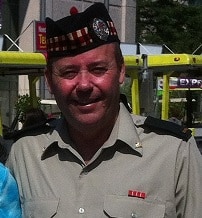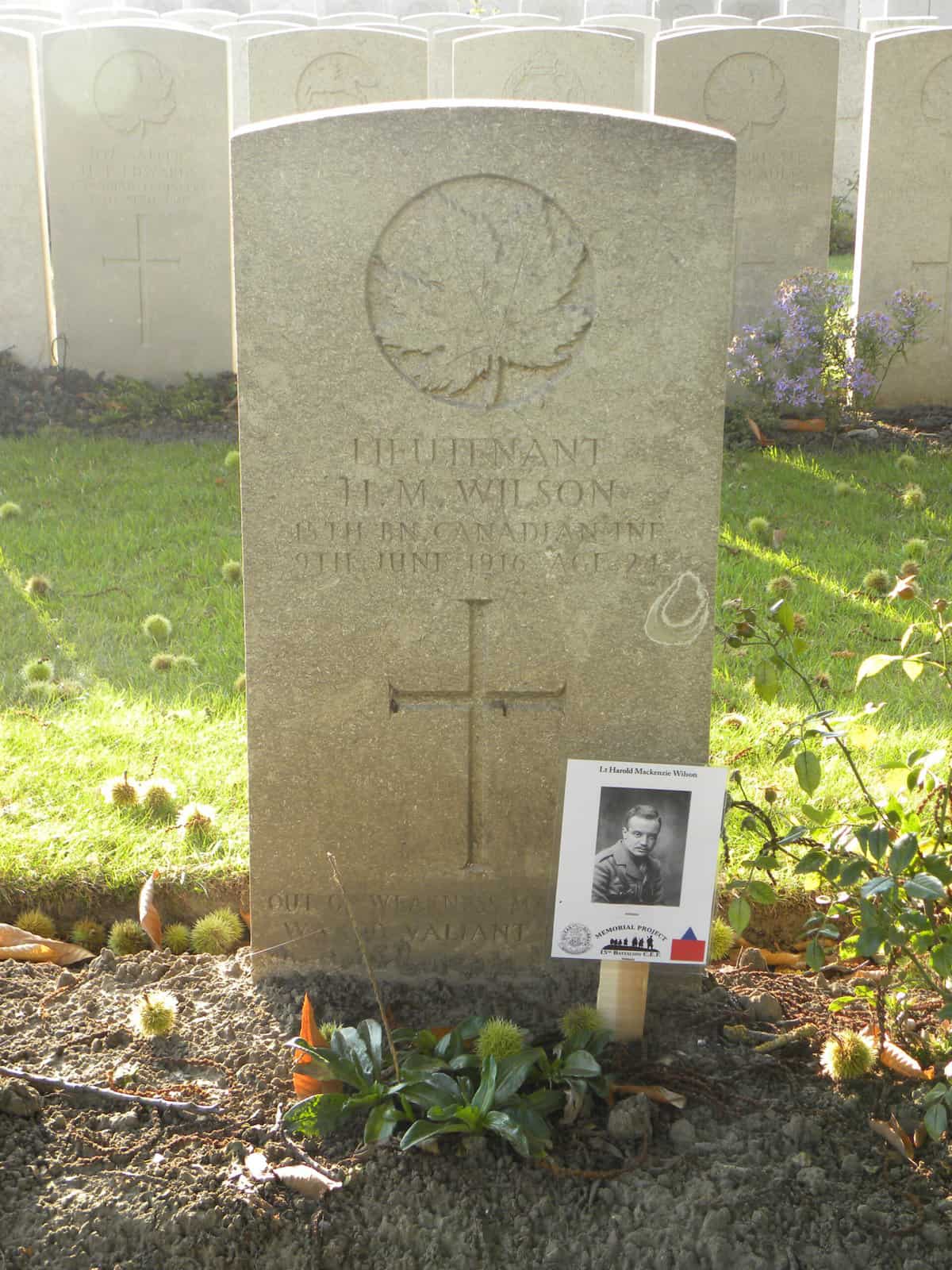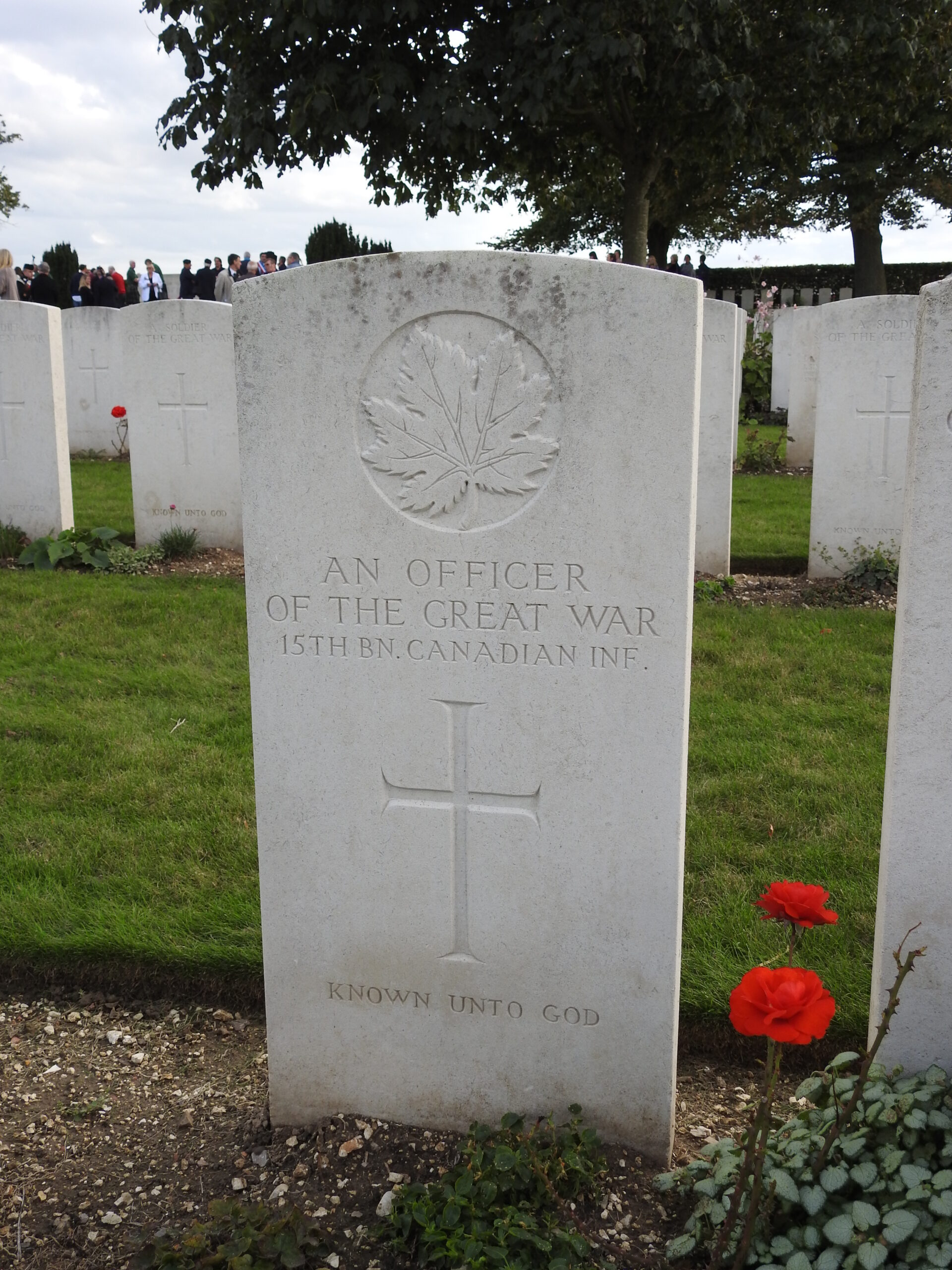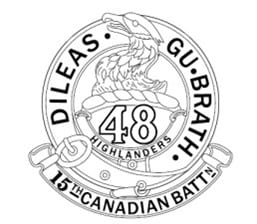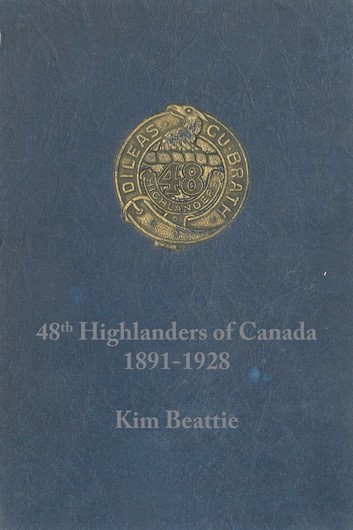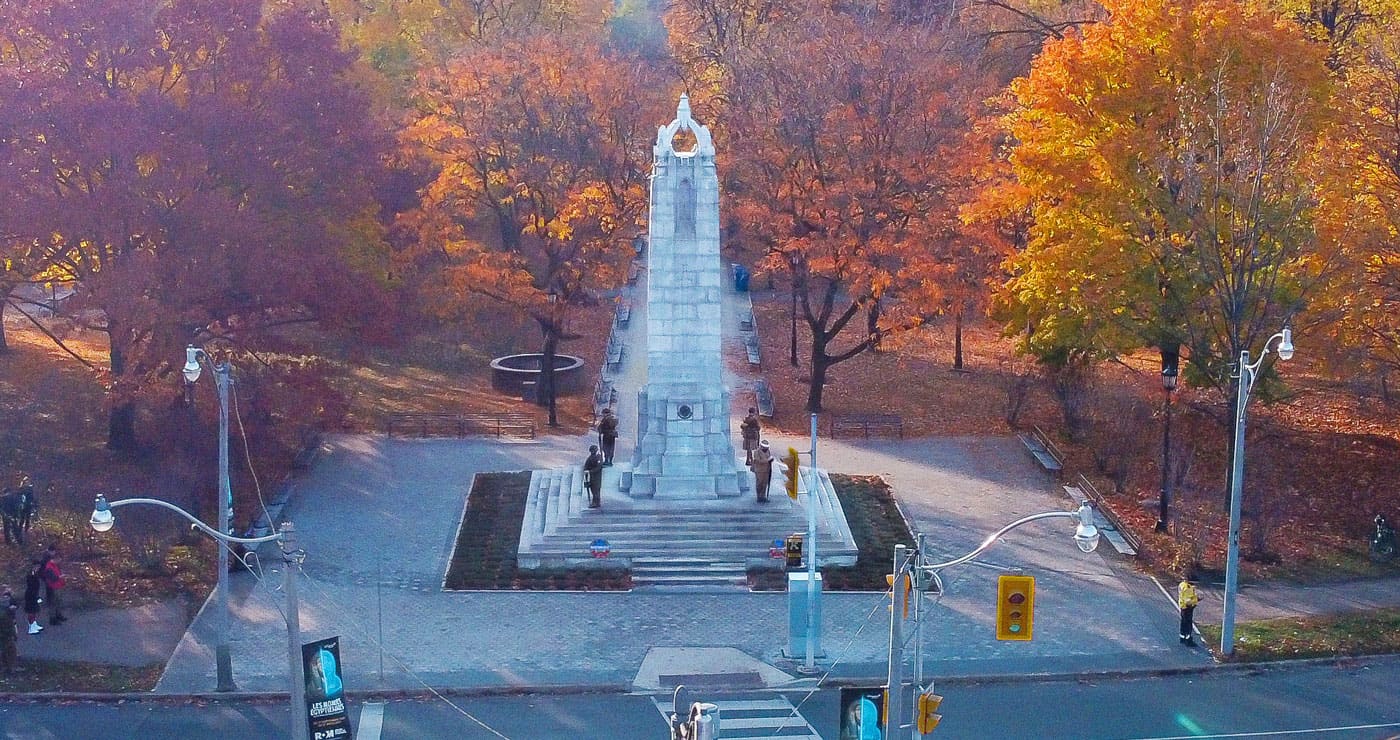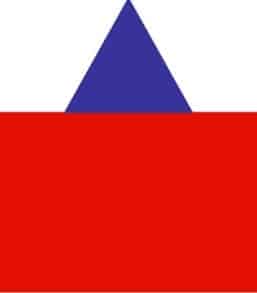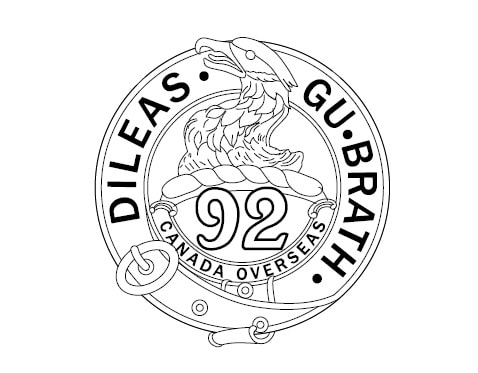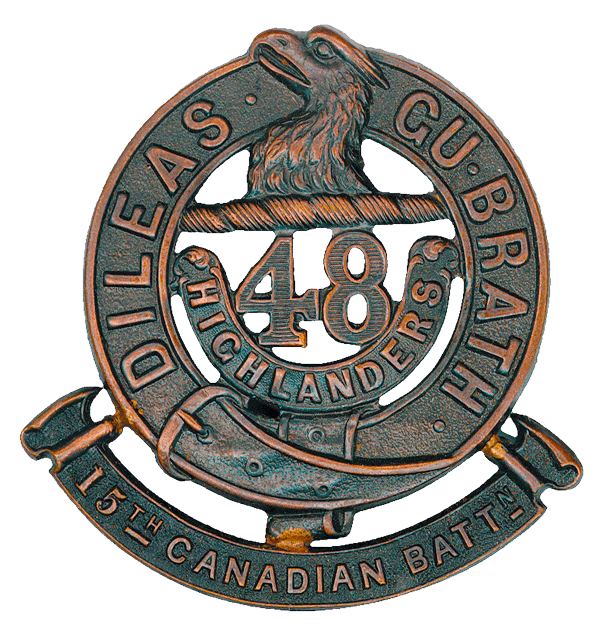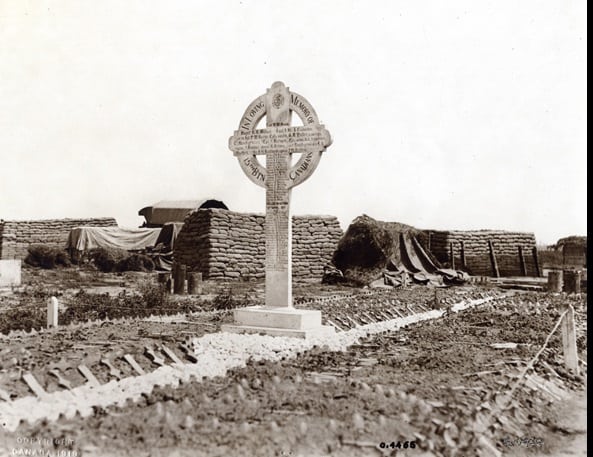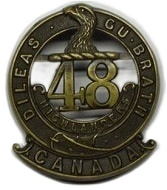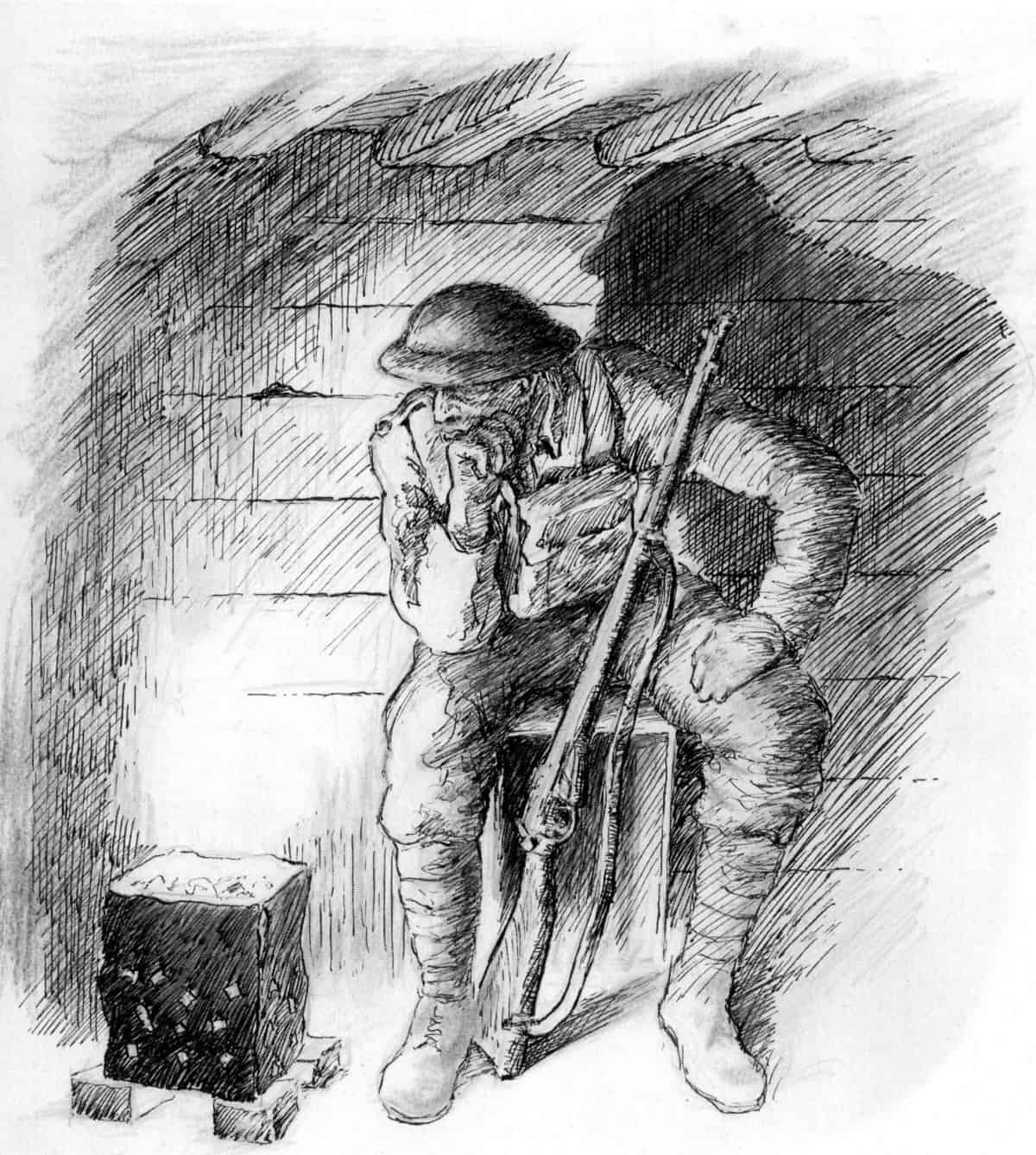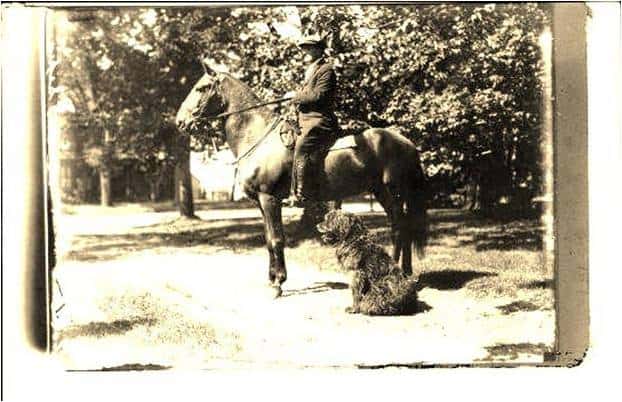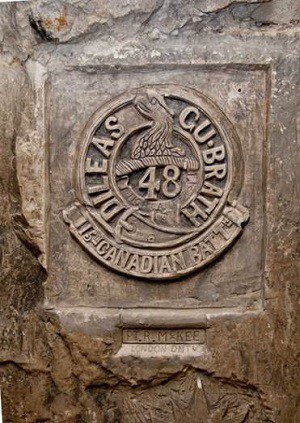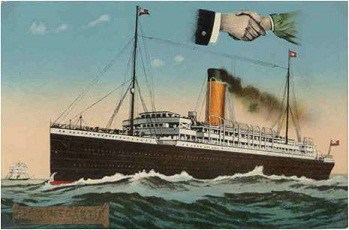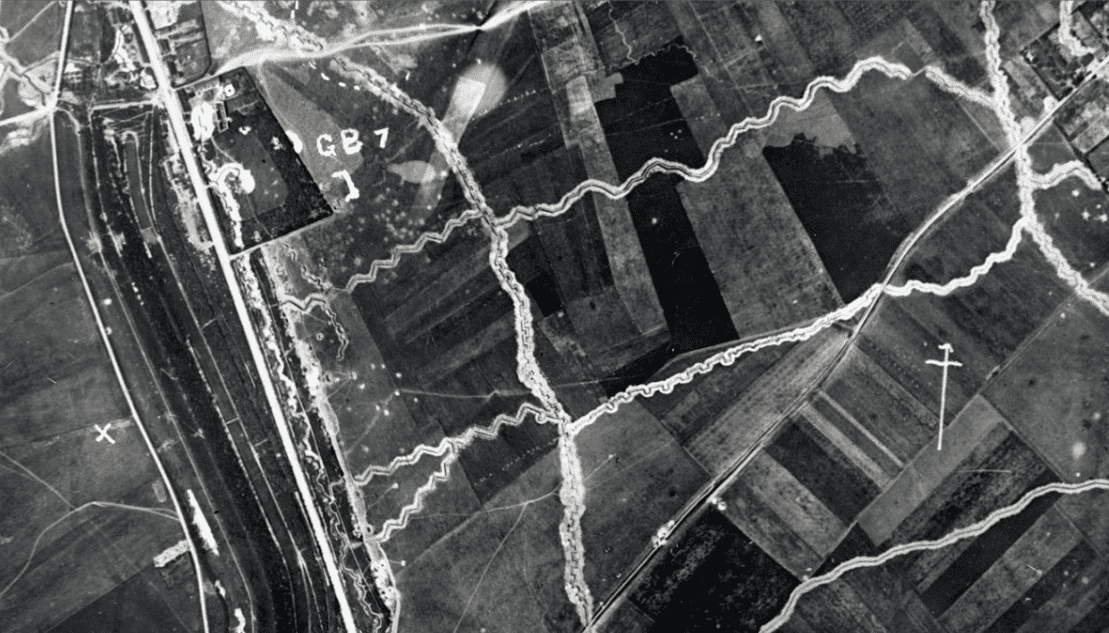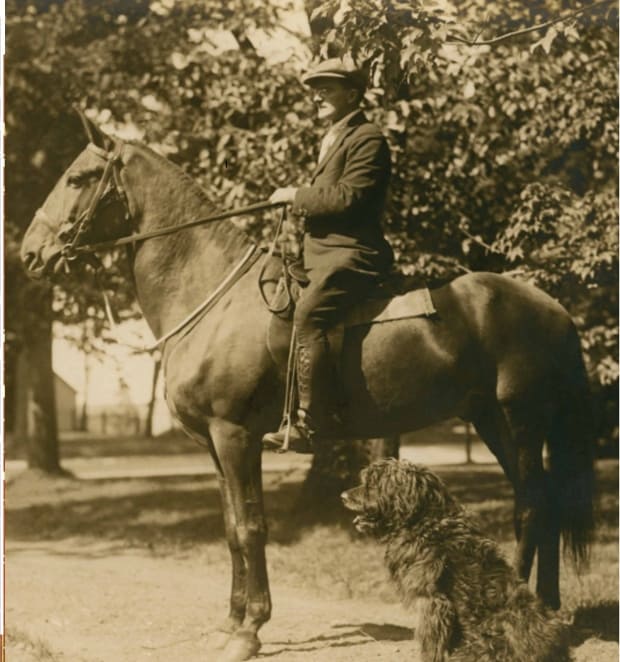On August 29, 1918, following it’s successful offensive at Amiens earlier that month, the Canadian Corps was preparing to assault a section of the formidable Hindenburg Line line known as the Drocourt-Queant Line. The 15th Battalion was assigned the task of taking a strong forward position near Hendecourt called ‘The Crow’s Nest’ which blocked the Corp’s advance and denied them secure ‘jump-off’ positions for the main assault against the D-Q Line. It was here that story of Fritz, the 15th Battalion’s ‘War Horse’ would begin.
At 4:50 AM in the pre-dawn darkness of September 1st, 1918, behind a rolling artillery barrage, the 15th Battalion assaulted The Crow’s Nest and the adjacent Chateau Wood. Despite numerous machine gun nests , the two assault compnaies quickly overwhelmed the German defenders. By daylight Captain Richard Samuel and No. 2 Company had secured the Crow’s Nest and Capt Gordon Winnifrith and No. 4 Company had cleared Chateau Wood. As the positions were consolidated German artillery and sniper fire felled a number of Highlanders and the enemy mounted several desperate counterattacks to try and retake the position. Calling in effective artillery fire, the 15th Battalion held the ground and by early evening the Crow’s Nest and Chateau Wood were securely in Canadian hands.
Just after nightfall a mounted German artillery Officer and his orderly came riding up the road into the 15th Battalion’s position and were promptly captured by Captain Winnifrith and men from No. 4 Company. The War Diary records that the German Officer’s battery had been located on the Crow’s Nest and having just returned from leave he apparently was not aware that the position had changed hands. So the Officer, his orderly and the horse – described as a “splendid dark bay typical of the cavalry mounts captured from the Russians in the east” – all became prisoners of the 15th Battalion. Captain Winnifrith was killed in action several weeks later at the Canal du Nord but the Commanding Officer, Lieutenant Colonel Charles Bent adopted the horse which had been appropriately named ‘Fritz’.
Fritz remained with the battalion for the remaiing months of the war, the march to the Rhine in late 1918 and the Occupation of Germany at Engelskirchen in January 1919. There are several period photographs of Fritz taken when the battalion paraded in Germany when the Regiment’s Colours arrived from Canada. The majority of the horses used by the Canadians were disposed of in Belgium prior to repatriation but senior Officers were permitted to keep their mounts. Battalion Part 2 Daily Order # 22 dated March 25, 1919 records that Fritz departed Bas-Oha, Belgium for England with the Commanding Officer’s groom 27783 Private Lawrence O’Keefe.
To-date no records have been uncovered with details of Fritz’s journey to Canada but the regimental history states that the horse and Bruno, the Battalion’s Belgian sheepdog mascot, were both reunited with Colonel Bent on his farm in the Annapolis Valley at Paradise, Nova Scotia.
Many wartime photographs exist of Bruno but it was not until 2011 that period images of Fritz were uncovered. That year the 15th Battalion Memorial Project Team was able to locate surviving members of Lt Col Bent’s family who still lived on the family farm in Paradise, Nova Scotia. From an old trunk in the home of his grandaughter Carol O’neill, emerged many items that had belonged to LtCol Bent. Among these treasures was the only known photograph of Fritz, the war horse of the 15th Battalion. It is a splendid photograph taken after the war in the farm’s apple orchards that shows LCol Bent astride Fritz with Bruno alongside. According to the recollections of Lt Col Bent’s son Donald, his father and Fritz were a common sight in the farming community riding through the family’s apple orchards with Bruno, the loyal and fierce guardian of the property, running alongside. In time when they died, Fritz and Bruno were buried side by side on the family farm.
Subsequent archival research uncovered two more photographs of Fritz taken in Engelskirchen, Germany in 1919. From the battlefields of The Eastern and Western Fronts, the adopted Belgian sheep dog and the captured German war horse were finally at home in the peaceful Annapolis Valley of eastern Canada. Three wartime comrades home from the trenches.
In 2012, Lieutenant Colonel Bent, Bruno and Fritz were commemorated on the newly erected ‘Forgotten Heroes’ memorial in the Veteran’s Memorial Park in Bass River Nova Scotia. In 2017, they were featured in ‘A War Horse Comes to Nova Scotia; Stories of Veterans and Animals of WW1’ by author Dave Whitman.
